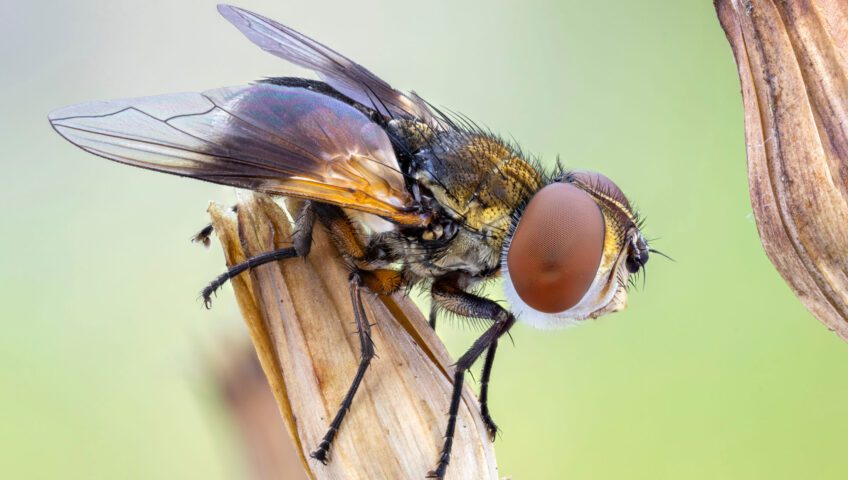A lot of people lump all creepy-crawly creatures under the umbrella term “bug.” That’s true whether we’re talking about roaches, spiders, centipedes or millipedes.
“Bug” really is a useful, colloquial shorthand for various arthropods (after all, it’s in the name Slug-A-Bug). But just what are arthropods and how do we distinguish between their various classes?
Arthropods make up a category of invertebrates with exoskeletons, jointed legs and segmented bodies – the largest group of animals on earth. It includes insects, arachnids, crustaceans, centipedes and millipedes.
Insects are the most prolific and familiar of the four. They have three main body parts: head, thorax and abdomen. All insects walk on six legs and many of them have wings. They thrive in most environments on the planet in a seemingly endless array of body types.
One order of insects is the true bug (Heteroptera), which contains about 40,000 known species. Among the most familiar members of this order are aquatic bugs (water boatmen, whirligigs, giant water bugs), bed bugs and stink bugs.
Other orders include flies (Diptera), beetles (Coleoptera), fleas (Siphonaptera), grasshoppers and crickets (Orthoptera), biting and sucking lice (Phthiraptera) and earwigs (Dermaptera), along with many others.
Arachnids are also common, living in many different habitats around the world. They generally have two body parts: a fused head/thorax and an abdomen. They walk on eight legs instead of six and none of these creatures have wings. Their orders include spiders (Araneae), scorpions (Scorpiones), ticks (Metastigmata) and several others.
People often confuse centipedes and millipedes, but they’re very different classes of arthropods. Both have many legs: up to 350 for centipedes and 750 for millipedes.
There are some clear differences between the two. Centipedes have two legs per segment, extending out from the sides of their bodies. They inject venom into their prey, usually small insects. Millipedes have four legs per segment, with the legs positioned directly beneath the body. They feed on decomposing plant material and roll up into a tight curl when threatened.
Aside from pill bugs and sow bugs, crustaceans usually aren’t tagged with the “bugs” moniker. Most are aquatic and include crabs, lobsters, shrimp, krill and others.
Remember, some arthropods – insects in particular – are not your friends when they find their way into your home. If you suspect an infestation of termites, ants or cockroaches, be sure to call Slug-A-Bug at (321) 259-7844 for a free, no-obligation assessment.
For more information:
https://biologydictionary.net/arthropod/
https://www.britannica.com/animal/insect/Distribution-and-abundance
https://www.si.edu/spotlight/buginfo/true-bugs
https://www.amentsoc.org/insects/fact-files/orders/
https://www.sciencedirect.com/topics/agricultural-and-biological-sciences/arachnida
https://carnegiemnh.org/centipede-or-millipede-whats-the-difference/
